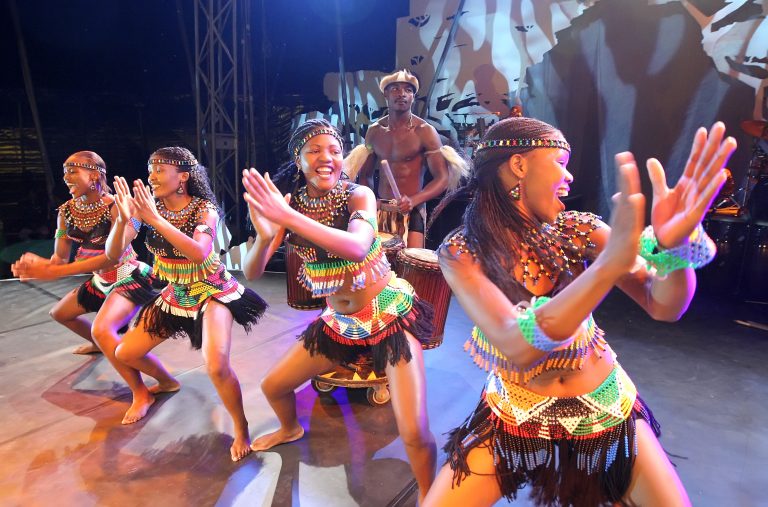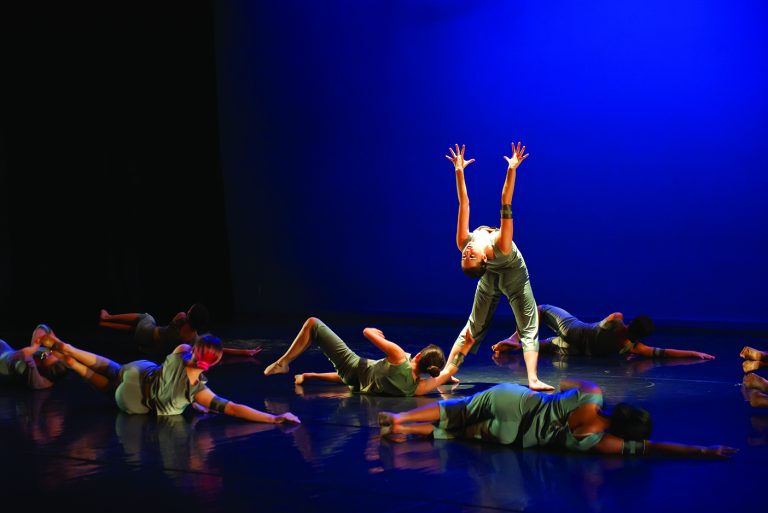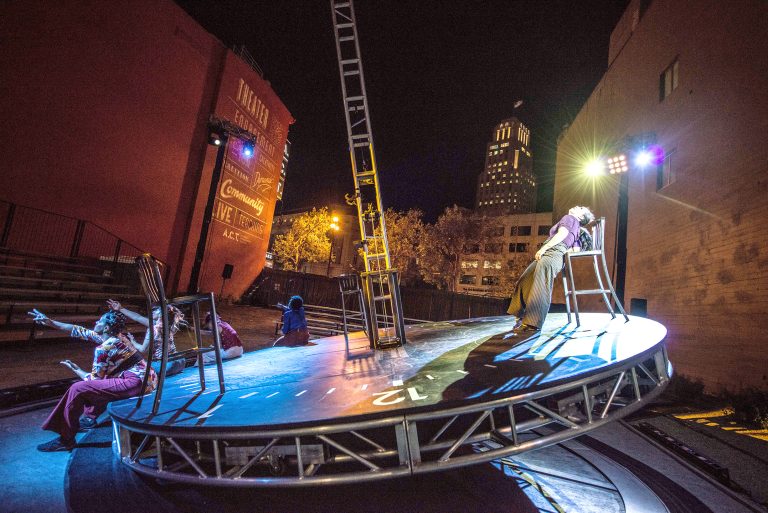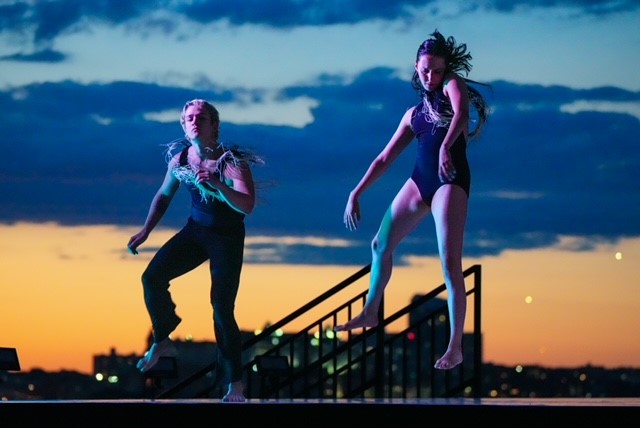Anyone Can Dance… and Everyone Should
Access to art and means of artistic expression may sometimes seem like a given but, to many, the idea of participating in an activity like an instructional dance class can be a daunting task. The majority of dance classes are not suited to accommodate a student in a wheelchair or people with developmental and intellectual differences. However, there are increasingly more institutions that are dedicating time and resources to supporting inclusive spaces and programs. One prime example is Steffi Nossen School of Dance, which is supported by a grant from ArtsWestchester.
The premise is a simple one, based on an oft-repeated refrain at Steffi Nossen School of Dance: “anyone can dance – and everyone should.” Over 16 years, the Steffi Nossen team has been pioneering a curriculum of accessible classes, known as adaptive dance. In that time, they have developed a wide range of inclusive courses geared towards dancers in wheelchairs, Parkinson’s patients and people with developmental and intellectual differences.
By prioritizing inclusion, the School has built an artistic haven for some of Westchester’s most underserved communities. “Having an opportunity to be social and practice a form of art can be a very uplifting and therapeutic experience for the students in adaptive dance,” explains Judith Ross, the Community Relations Director at Steffi Nossen. The feeling of losing yourself in a beautiful moment is a universal experience that can easily accompany a heartfelt dance. By surrendering to the flow of movement, while surrounded by music, these students are able to grant themselves a little escape.
The definitive measure of success in any program is that students keep coming back and with this adaptive dance program, that success is clearly defined. The programs began with a summer workshop in 2001, and there is still a core group of participants who have been attending ever since. “We get lots of returning dancers because there is a real community here,” says Ross.
Another reason why attendees seem to be returning is tied to the physicality of the experience. One specific program, Moving Wheels & Heels is available to kids, youth and adults with an emphasis on providing participants in wheelchairs and other dancers with physical challenges with an opportunity to “explore the joy of movement in a safe and supportive environment.”
Recently, a young participant in the program, who was diagnosed with cerebral palsy, was having such a rewarding experience in the group classes that when her schedule changed and she was prevented from attending, her mother decided to get private lessons. “Her mother told me that she preferred dancing here to her physical therapy,” Ross explains.
Stories of patients like the young girl at Steffi Nossen are becoming more and more common as accessible dance programs grow. One of the keys to this shift is that dance therapy seems to provide a more engaging experience than the traditional methods. By making the challenge of physical exertion into a playful tango or a modern improvisation, the focus becomes about having fun and learning a new creative form of expression. The current session will end this December, but classes will resume on February 3. For more info on Steffi Nossen School of Dance, visit steffinossen.org.
William Bermingham works in the Communications Department at ArtsWestchester. He is a graduate of Purchase College where he studied Arts Management.
A version of this article first appeared in the December-January issue of ArtsNews, ArtsWestchester’s monthly publication. ArtsNews is distributed throughout Westchester County. A digital copy is also available at artsw.org/artsnews.







